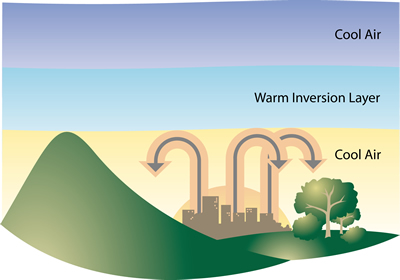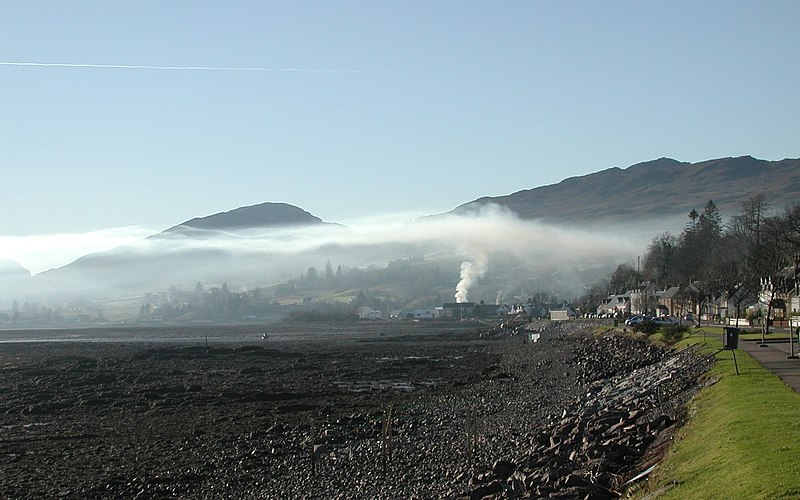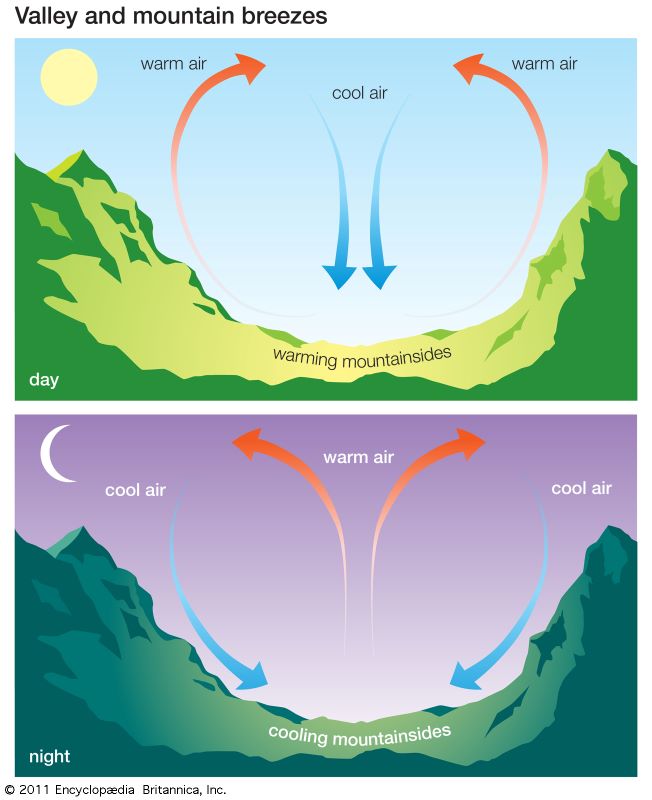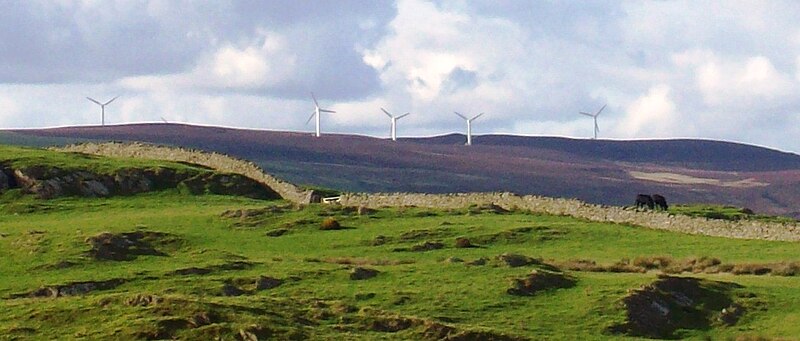When it comes to weather and climate, altitude is one often overlooked factor that significantly influences meteorological conditions. Altitude refers to the height above sea level, and it plays a crucial role in shaping weather patterns. Whether you’re gazing at towering mountain peaks or considering life in a high-altitude city, it is essential to understand how altitudes affect climate and weather.
In this blog post, we are going to talk about how weather and climate change with height. We will also find out which challenges and opportunities are presented by climate at elevation.
Temperature Variations with Altitude
As you ascend to higher altitudes, the air pressure decreases. This is due to two reasons. First, the higher you are, the lower the height of the column of air above you, and therefore less weight is pressing down on you. Secondly, with altitude, the air becomes thinner. It means that there are fewer gas molecules in it, and therefore it has less mass and weight.
Temperature changes are common for weather in the mountains. Because the air is thinner and colder there, it does not hold heat well. That’s why the temperature drops at night and is lower during the day. This diurnal temperature range can pose challenges for residents and travelers who must prepare for both warm days and chilly nights. On average, the temperature decreases by about 3.6 °F (2 ° Celsius) for every 1,000 feet (300 meters) increase in altitude.
Temperature Inversion at Altitude
Sometimes with increasing altitude, the temperature does not decrease, but, on the contrary, increases. This phenomenon is called temperature inversion. It often occurs on clear, windless nights when the Earth’s surface intensively radiates heat and cools, at the same time cooling the surface layer of air.
During the day, the inversion typically disappears. But in winter in temperate latitudes and at poles, the surface layer of cold air may not have time to warm up during the short daylight hours. It results in the inversion lasting for several days. In big cities, temperature inversion can lead to poor air quality, pollution, and smog.
 Image source: Fortair.org
Image source: Fortair.org
You can see the inversion by observing smoke from a chimney. During calm weather, the smoke rises vertically and gradually dissipates. Although it becomes colder when it rises, it always remains warmer and therefore lighter than the surrounding air, the temperature of which also decreases with height.
The inversion smoke rises through the surface layer of cold air. It cools to such an extent that it becomes colder, and therefore heavier than the layer above it. As a result, the smoke stops rising and begins to spread horizontally.
 Image source: JohanTheGhost, CC BY-SA 3.0, via Wikimedia Commons
Image source: JohanTheGhost, CC BY-SA 3.0, via Wikimedia Commons
Mountain and Valley Winds
Altitude-driven weather phenomena include mountain and valley winds (breezes). In mountainous regions, they often occur during sunny high-pressure weather conditions.

During the day, the sun heats the ground of the mountain slopes and thus also the air near the ground. As a result, the air near the ground on the sunlit side of the mountain heats up more quickly than the air far from the slope in the valley. This warm air rises then on these slopes. To compensate, the air flows in from below.
There is more air in the foothills than in the valley. In the morning, the air from the foothills fills up the valley and creates a wind that blows up the valley, known as the valley wind. Valley winds move the clouds away from the valley and bring sunny, comfortable weather.
After sunset, the air near the slope cools. It becomes colder and heavier and begins to flow down into the valley. At the bottom of the valley, the air flows from several sides. The air moving towards the valley exit forms the mountain wind, which blows out of the valley at night. Mountain winds cause the formation of fog in the valley.
The mountain and valley winds can impact weather patterns, cloud formation, and precipitation patterns (rainfall and snow). We’ve summarized the differences between mountain winds and valley winds in the table below.
| Mountain Wind | Valley Wind | |
| Time | Night | Day |
| Temperature | Cold | Warm |
| Direction | Down | Up |
| Result | The valley is covered in fog. | The valley becomes cloudless. |
Climate at High Altitudes: Challenges and Opportunities
Living or visiting high-altitude locations presents both challenges and opportunities. Let’s explore a few of them.
Challenges of Living at Altitude
- Extreme weather. High-altitude areas typically experience more extreme temperature fluctuations, which can impact agriculture, infrastructure, and human comfort.
- Lower oxygen levels. As you ascend to higher altitudes, the air becomes thinner, leading to lower oxygen levels. This can cause altitude sickness and breathing difficulties for some individuals.
- Intense UV radiation. With thinner air, there’s less atmosphere to absorb harmful UV radiation. This can lead to increased UV exposure and a higher risk of sunburn and skin damage.
Opportunities of Living at Altitude
- Renewable energy. Due to the stronger winds and increased solar radiation, high-altitude locations are perfect for harnessing renewable energy sources like wind and solar power.
 Image source: Yohan euan o4, CC BY-SA 3.0, via Wikimedia Commons
Image source: Yohan euan o4, CC BY-SA 3.0, via Wikimedia Commons
- Astronomical observations. The thin atmosphere at high altitudes reduces light pollution and atmospheric interference, making these areas excellent for astronomical observations.
- Unique ecosystems. Elevated regions often host unique ecosystems and species that have adapted to challenging conditions. Altitude’s influence on ecosystems contributes to biodiversity and scientific research.
Weather, Altitude and Climate: Conclusion
The impact of altitude on weather and climate is a captivating aspect of meteorology that influences diverse regions around the world. So, next time you’re contemplating an adventure at an altitude, take a moment to reflect on the fascinating interplay between altitude and weather that surrounds you.






